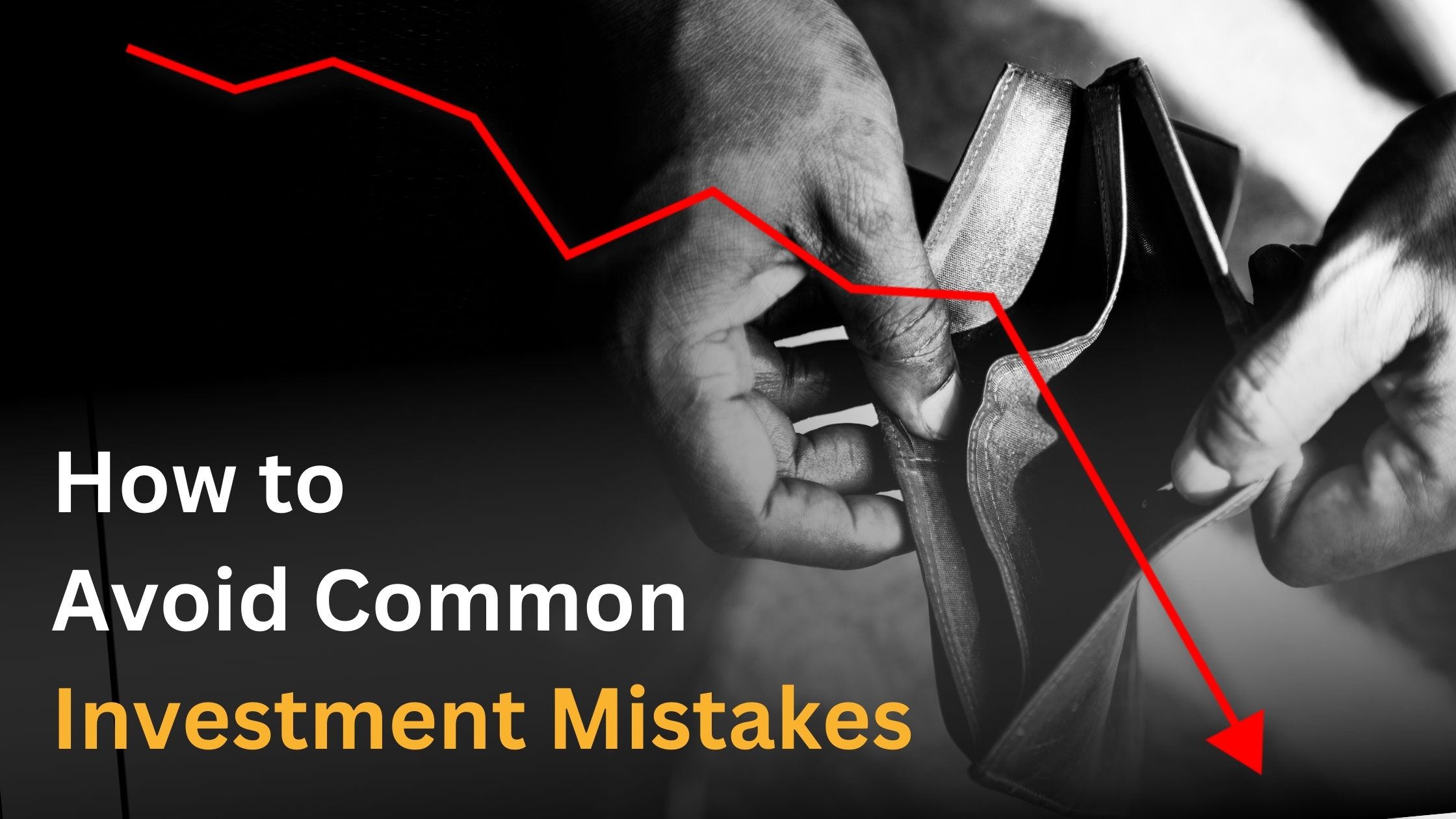Financial Planning Basics: Where to Start for a Brighter Future

Financial planning is the art of turning your money into even more money, or at the very least, ensuring it doesn’t run away screaming into the night. As you navigate the wild world of personal finance, it’s easy to feel overwhelmed. But well, I’ve got you covered!
Why Bother with Financial Planning?
Let’s start with the basics—why should you even care about financial planning? Here are a few reasons:
- Peace of Mind: Knowing you have a plan helps alleviate anxiety.
- Clarity: A well-defined financial goal can guide your spending and saving.
- Future-Proofing: That cushy retirement you dream about requires a little planning.
In the wise words of Robert Kiyosaki, author of *Rich Dad Poor Dad*, “It’s not how much money you make. It’s how much money you keep.” Keep that in mind as we dive deeper.
Step 1: Assess Your Current Financial Situation
Before you can start building the life of your dreams, you need to know where you currently stand. And yes, that means actually looking at your bank statements—not just scrolling through your phone like it’s the latest TikTok trend.
- Create a net worth statement:
– List all your assets (what you own): house, car, savings accounts.
– List all liabilities (what you owe): student loans, credit card debt, mortgage.
– Subtract liabilities from assets. Voilà! You have your net worth.
Step 2: Set Clear, Specific Goals
Now that you know your starting point, it’s time to create a roadmap. Just be careful not to cruise down the “I want to be rich” highway without specific exits to guide you.
Examples of goals:
– Build an emergency fund equivalent to 3-6 months of expenses.
– Save for a down payment on a house.
– Pay off high-interest credit card debt.
Remember, as Zig Ziglar wisely said, “A goal properly set is halfway reached.”
Step 3: Craft a Budget
Ah, the dreaded budget! It’s like a treadmill—everyone knows it’s good for you, but it’s a constant struggle to stick with it.
- Here are some popular budgeting methods:
– Zero-based budgeting: Every dollar has a job, literally.
– 50/30/20 rule: 50% for needs, 30% for wants, and 20% for savings.
– Envelope method: Stuffing cash into envelopes for spending categories. (Great for those of us who still believe in actual physical money!)
- Tips for Successful Budgeting:
– Track your spending for the month to identify patterns.
– Adjust categories as needed—flexibility is key.
“A budget is telling your money where to go instead of wondering where it went.” – John C. Maxwell
Step 4: Start Saving and Investing
Just because you *can* spend your paycheck on that latest gadget doesn’t mean you *should*. The golden rule here is to pay yourself first. That means putting aside a portion of your paycheck into savings and investments before you touch any of it for discretionary spending.
- Types of savings accounts:
– High-yield savings accounts: Offers a higher interest rate.
– Certificates of Deposit (CDs): A bit like a savings account that locks your money for a set term—consider it a financial handcuff with benefits.
- Investment options:
– Stocks: Ownership in a company; risky but potentially high rewards.
– Bonds: A more stable, income-generating investment.
– Mutual funds & ETFs: Fantastic for those who want diversification without complex management.
Step 5: Build an Emergency Fund
Emergencies happen. Your car breaks down, your cat needs surgery, or you simply need a flight out of town after realizing you’ve seen too many family members in one sitting. This is where an emergency fund comes into play.
- How to Build Your Emergency Fund:
– Start small. Aim for $1,000 initially.
– Gradually build to 3-6 months’ worth of expenses.
– Keep it in a separate, easily accessible account.
Step 6: Understand Debt Management
Debt is like that annoying cousin at a family gathering—you can’t get rid of it, but you can manage how often you interact with it.
- Types of Debt:
– Good Debt: Generally considered beneficial, such as student loans or mortgages.
– Bad Debt: High-interest credit cards and payday loans fall into this category.
- Strategies for Paying Off Debt:
– Debt Snowball Method: Pay off the smallest debts first for quick wins.
– Debt Avalanche Method: Tackle high-interest debts first to save on interest in the long run.
Step 7: Plan for Retirement
We all want to keep the lights on when we’re wearing those vegetarian/vegan/monk robes at the retirement home, right? Think ahead.
- Retirement Accounts:
– 401(k): Often employer-sponsored, sometimes with matching contributions (free money!).
– IRA: Individual Retirement Accounts, with tax advantages.
As the wise philosopher, Socrates, once said, “The unexamined life is not worth living.” Well, the unplanned retirement is also not worth dreaming about!
Step 8: Get Educated
Educational resources are everywhere these days—books, podcasts, online courses—yet many choose to scroll Instagram instead. (I’m looking at you!)
- Recommended Reads:
-The Total Money Makeover by Dave Ramsey.
– The Intelligent Investor by Benjamin Graham (for aspiring Warren Buffetts).
– Your Money or Your Life by Vicki Robin and Joe Dominguez for lifestyle changes.
- Podcasts to Listen to:
– The Dave Ramsey Show.
– BiggerPockets Money Podcast.
– How I Built This (for entrepreneurship insight).
Step 9: Consult with a Professional
Sometimes, we all need a lifeline. If the thought of financial planning feels like navigating a maze blindfolded, consider a professional.
In the words of financial consultant Rachel Cruze, “You can’t manage what you don’t understand.” So, get some help if needed.
FAQs
Q1. How long does it take to create a financial plan?
A: It depends on your financial situation. A simple plan can be drawn up in a few hours, but ongoing adjustments and refinements can take time.
Q2. Should I worry about student loans when planning finances?
A: Yes! Include them in your budget and prioritize paying them off while balancing other financial goals.
Q3. What’s the biggest mistake people make in financial planning?
A: Not starting! The earlier you begin planning, the better—procrastination is costly.
Q4. How often should I review my financial plan?
A: At least once a year. Life changes, so should your plan.
Embarking on a financial planning journey doesn’t have to feel like scaling Everest. But, these steps can help you create a roadmap for a brighter future.
In the words of Benjamin Franklin, “If you fail to plan, you are planning to fail.” So grab a cup of your favorite beverage, roll up your sleeves, and start planning!
Your financial future awaits—make it bright!









